Whitsunday Conservation Council
We Care
These wonderful people care for our local environment. The groups below focus on specific tasks but together they make a formidable force to protect and preserve our precious environment.
We need them and they need YOU!
If you can volunteer, please click on the blue sections below to read more about each organisation.
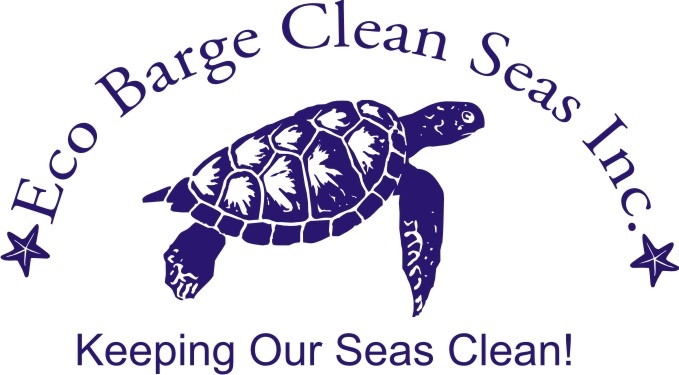
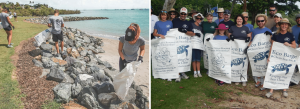 Eco Barge Clean Seas Inc. was established in Airlie Beach to engage the community to protect the precious marine life and aquatic environment of the Whitsunday Region.
Eco Barge Clean Seas Inc. was established in Airlie Beach to engage the community to protect the precious marine life and aquatic environment of the Whitsunday Region.
This was initially undertaken with the Whitsunday Marine Debris Removal Program to remove marine debris from the highly impacted beaches of the Whitsunday Islands. It now also includes reducing the amount of debris that enters our waterways through the Clean Streets and Creeks Program as well as responding and caring for sick and injured marine turtles at the Whitsunday Turtle Rescue Centre and recycling the marine debris collected and transforming into reusable products.
Eco Barge also undertakes education and awareness activities within the community concerning the issue of marine debris, the importance of thoughtful waste disposal and what should be done in the event that a sick or injured marine turtle is encountered.
Eco Barge Clean Seas Inc. is a not-for-profit organisation with a passionate and dedicated committee, 55 members and a register of over 1600 volunteers.
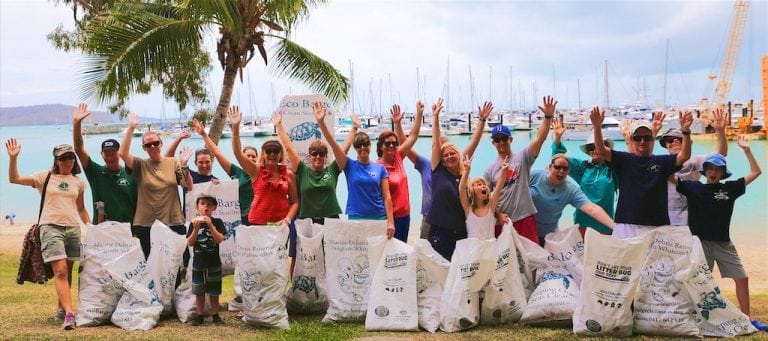
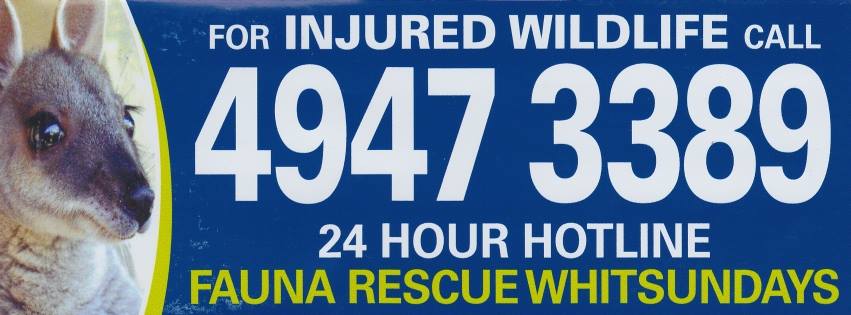
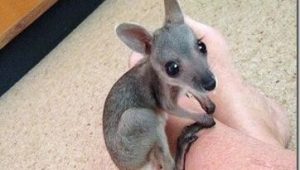 If you find an injured animal, remember that it is wild – probably suffering from shock and in pain – MINIMAL HANDLING is a must to avoid additional stress.
If you find an injured animal, remember that it is wild – probably suffering from shock and in pain – MINIMAL HANDLING is a must to avoid additional stress.
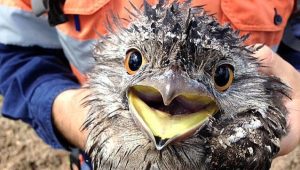
There’s loads of ways you can help! We are desperate for carers but if you are unable to actively care for wildlife there’s many other things you can do.
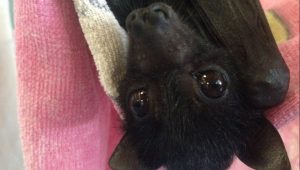 You can be a wildlife carer simply by caring for our native wildlife’s habitat. We have some tips on our website so that you can be a backyard buddy.
You can be a wildlife carer simply by caring for our native wildlife’s habitat. We have some tips on our website so that you can be a backyard buddy.
Make sure you have our rescue hotline number handy.
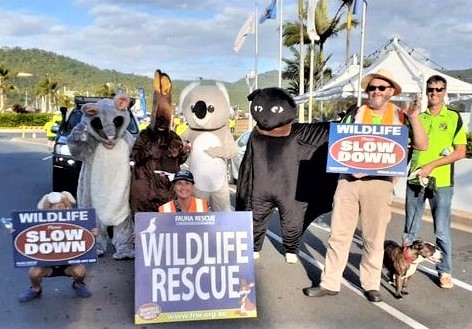
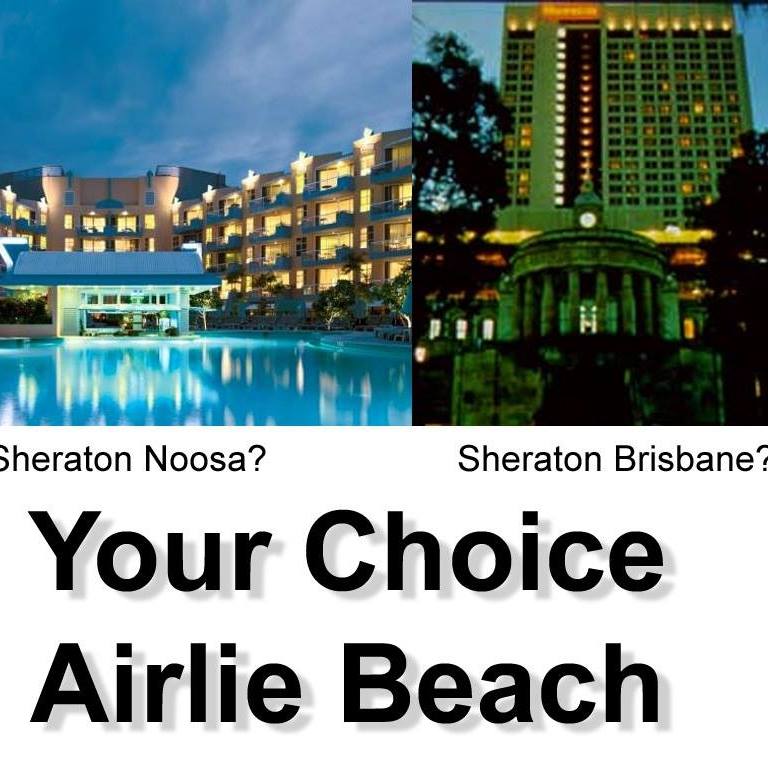
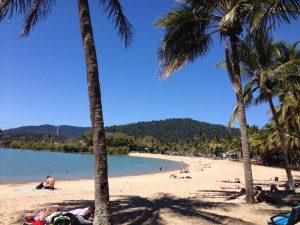 We are all stakeholders in our community and we believe that it is important to think about and discuss local issues in a mature and inclusive manner. We should not be afraid of change and development in Airlie: the town has changed and grown significantly over the past 10 years but future growth needs to be carefully planned and managed.
We are all stakeholders in our community and we believe that it is important to think about and discuss local issues in a mature and inclusive manner. We should not be afraid of change and development in Airlie: the town has changed and grown significantly over the past 10 years but future growth needs to be carefully planned and managed.
The Whitsunday Regional Council has adopted a new town plan in 2017, which many in the local community feel is not in the best interests of Airlie Beach. Full details of the new plan can be found on the council website.
What we love about Airlie Beach
which we risk losing…
- 1 We enjoy an easy-going, casual and relaxed holiday lifestyle
- 2 We’ve got an impressive range of shops, restaurants and bars for a town our size.
- 3 Getting around is easy and everything is accessible within 10 minutes by car, or 15 minutes on the bus. Parking was easy once, although in recent years it has been getting increasingly difficult.
- 4 It feels the right size: we’re not too big and not too small – and we’ve got a great village atmosphere!
- 5 It’s affordable and attractive for residents and visitors
- 6 We have a mix of vibrant bars, young international back-packers and people of all ages looking for sailing and outdoor adventures
- 7 We have a friendly, multi-cultural, diverse and down-to-earth collection of residents who have moved here from all around Australia and abroad
- 8 The town has not been over-developed with closely-spaced high-rises blocking light and sea breezes – like the Gold Coast and parts of the Sunshine Coast
- 9 The existing development has (mostly) been in sympathy with the trees and natural landscape: the tropical vegetation and views of the sea from surrounding hillsides are an intrinsic part of the Airlie Beach image
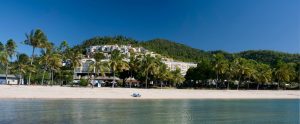 We believe that future development must not lose sight of the qualities that make Airlie Beach what it is. Airlie Beach is a community that relies heavily on tourism and visitors come to the region because it’s different to other destinations, not because it’s trying to be the same. The architects of the future Airlie Beach township should be seeking to build on these strengths – not to recreate the past mistakes of other regions.
We believe that future development must not lose sight of the qualities that make Airlie Beach what it is. Airlie Beach is a community that relies heavily on tourism and visitors come to the region because it’s different to other destinations, not because it’s trying to be the same. The architects of the future Airlie Beach township should be seeking to build on these strengths – not to recreate the past mistakes of other regions.
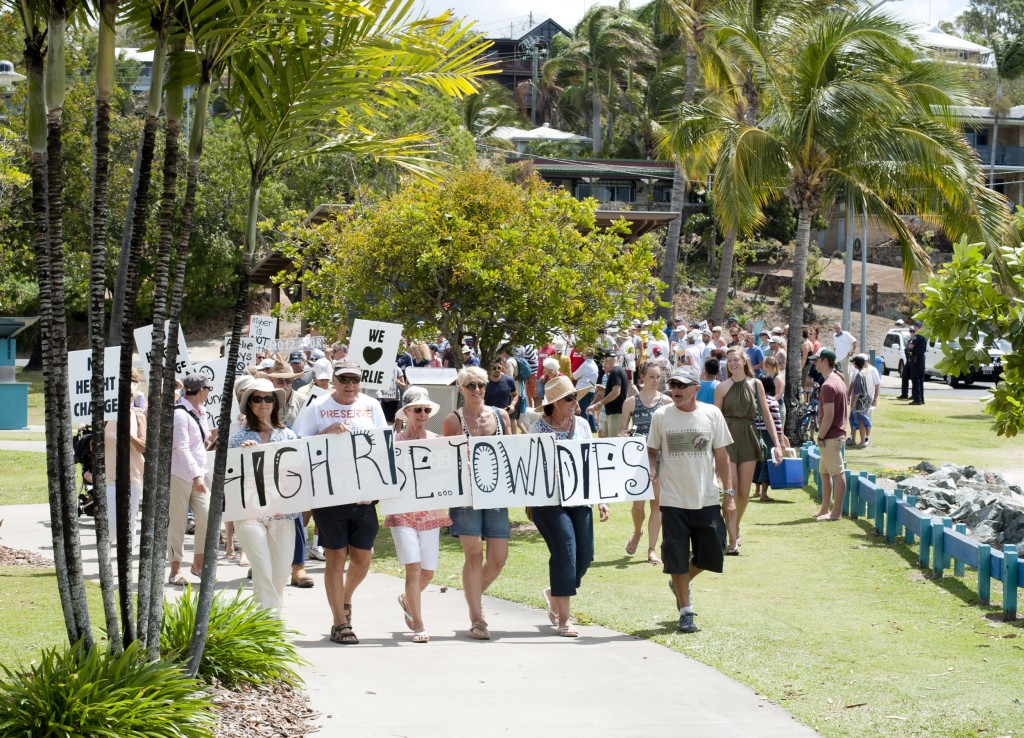
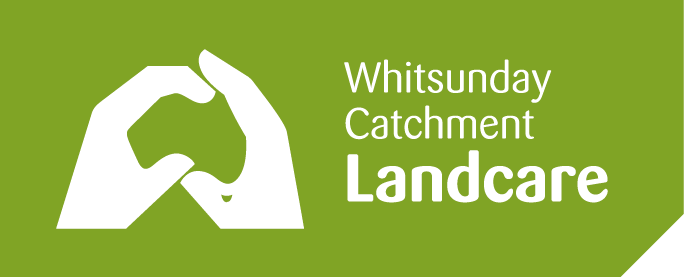
Whitsunday Catchment Landcare is part of Landcare Australia, which was established in 1989 as a not-for-profit organisation. In his speech to launch Landcare, former Prime Minister Bob Hawke AC spoke about the importance of co-operation to care for the land.
“The degradation of our environment is not simply a local problem, nor a problem for one state or another, nor for the Commonwealth alone. Rather, the damage being done to our environment is a problem for us all – and not just government- but for of us individually and together.
Over the last 30+ years, Landcare has evolved to become one of the largest volunteer movements in Australia. There are thousands of people and countless communities working together towards sustainable land use and undertaking on-ground action to protect, enhance or restore an area on behalf of the community. The Landcare model has been so successful it has been adopted in over 20 countries.
Landcare plays a leading role in advocating a balance between Australian sustainable land management practices and environmental conservation.
Landcare activities deliver a diverse range of positive environmental and community outcomes. These include the environmental protection, enhancement and conservation of land, water, waterways and coasts, natural habitat restoration to enhance biodiversity, building resilience in Australia’s food and farming systems, and helping create social cohesion and wellbeing in communities.
From the coast to the country, and from urban cities to the outback, Landcare’s greatest asset is its people. With over 6,000 groups and 100,000+ volunteers, the Landcare movement is diverse and encompasses farmers and farming systems groups, landowners, Landcare groups and networks, Traditional Owners, Bushcare and ‘Friends of’ groups, Coastcare, Dunecare and Rivercare groups, Landcare facilitators and coordinators, youth groups and other community groups involved in protecting, enhancing or restoring their local environment. The Junior Landcare program provides a pathway for children to become lifelong Landcarers starting with early learning childhood centres through to primary and secondary schools.
What makes Landcare unique to any other community movement is the very large number of active groups, and the effective partnerships created between business, researchers, natural resource management agencies, government and community. These partnerships build local community ownership of issues, unlock volunteer knowledge, capability and capacity to create better outcomes for the environment and those that seek to protect and enhance it.
In the last three decades Landcare has achieved a great deal of good work. Yet there is much more to do. With the impact of a changing climate, and natural disasters like drought, bushfires and flood, Landcare has never been so important.
Landcare Australia will continue to work in partnership with multiple stakeholders to support the Landcare community so they can continue to restore and protect the environment in communities across Australia.
Landcare is about working together caring for the land to preserve our natural resources and biodiversity for generations to come. Landcare enables people to actively care for the natural environment in their community.
Contact: Christine Petersen
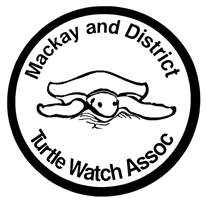
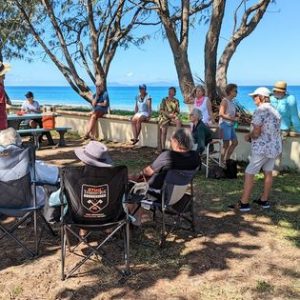 Mackay and District Turtle Watch Association is a volunteer group dedicated to monitoring and protecting marine turtles across the Mackay region.
Mackay and District Turtle Watch Association is a volunteer group dedicated to monitoring and protecting marine turtles across the Mackay region.
Our volunteer members monitor beaches to collect data on nesting turtles and hatchlings, as well as respond to marine strandings. We are also actively involved in the community, providing educational resources, attending events, communicating with the media and working with regional stakeholders for positive outcomes.
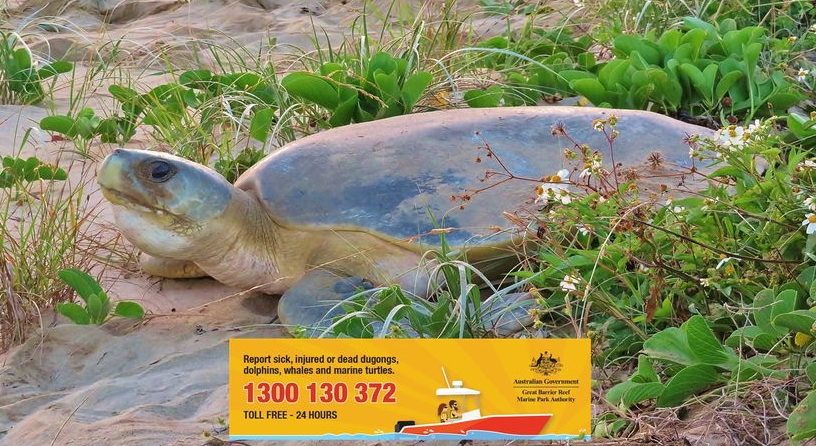
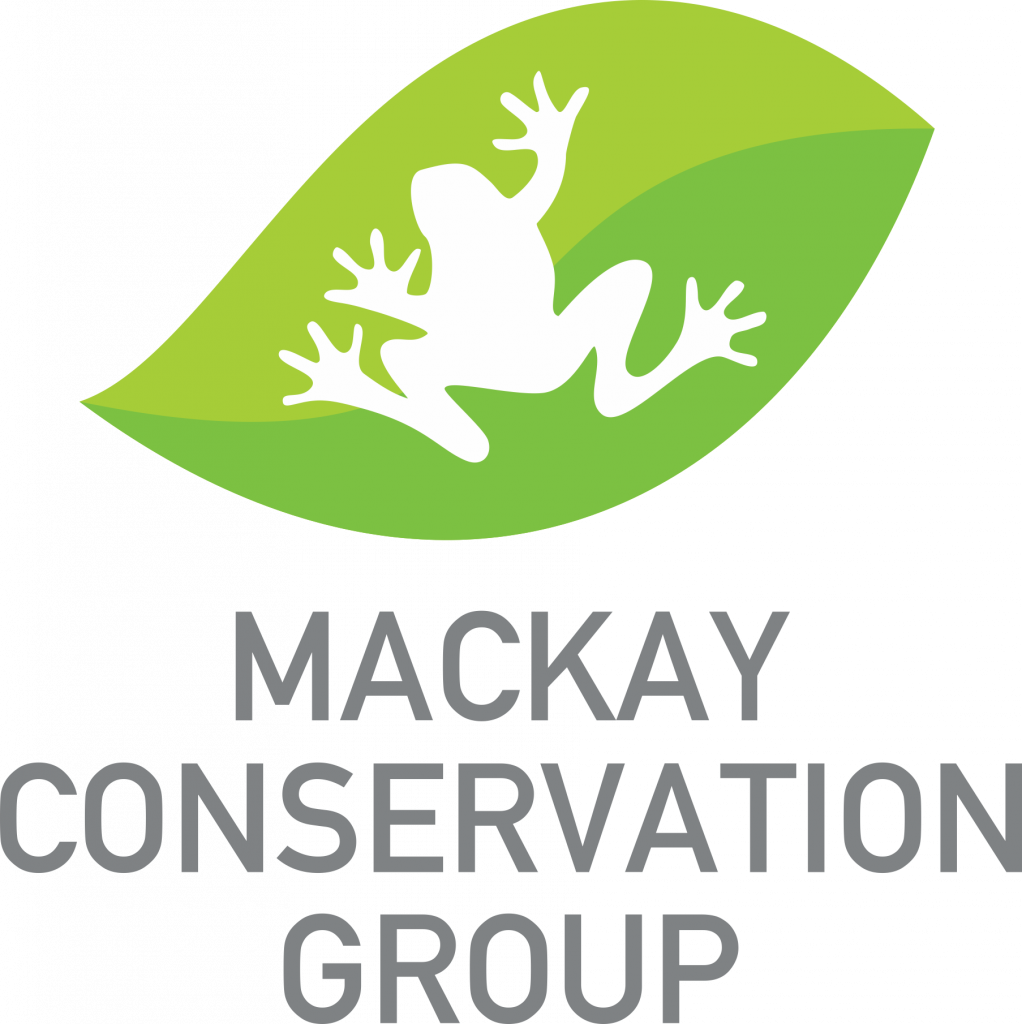
Our region is home to some very important ecosystems. The Great Barrier Reef, tropical rainforests, remnant coastal wetlands, palm forests, pristine rivers and grasslands to name a few. Many of these ecosystems are threatened. Without them we could lose unique birds, reptiles, mammals, insects and amphibians.
Over the next decade, Mackay Conservation Group will be working with other organisations and with government to ensure that those crucial habitats are included in the protected area reserve system. We’ll be campaigning to expand our national parks, nature refuges and special wildlife reserves.
We will also be working to ensure that threats to those important ecosystems are reduced. Our campaigns will focus on reducing pollution that flows to the Great Barrier Reef, on preventing dams that make rivers lifeless and on ensuring that the risk of climate change is reduced.
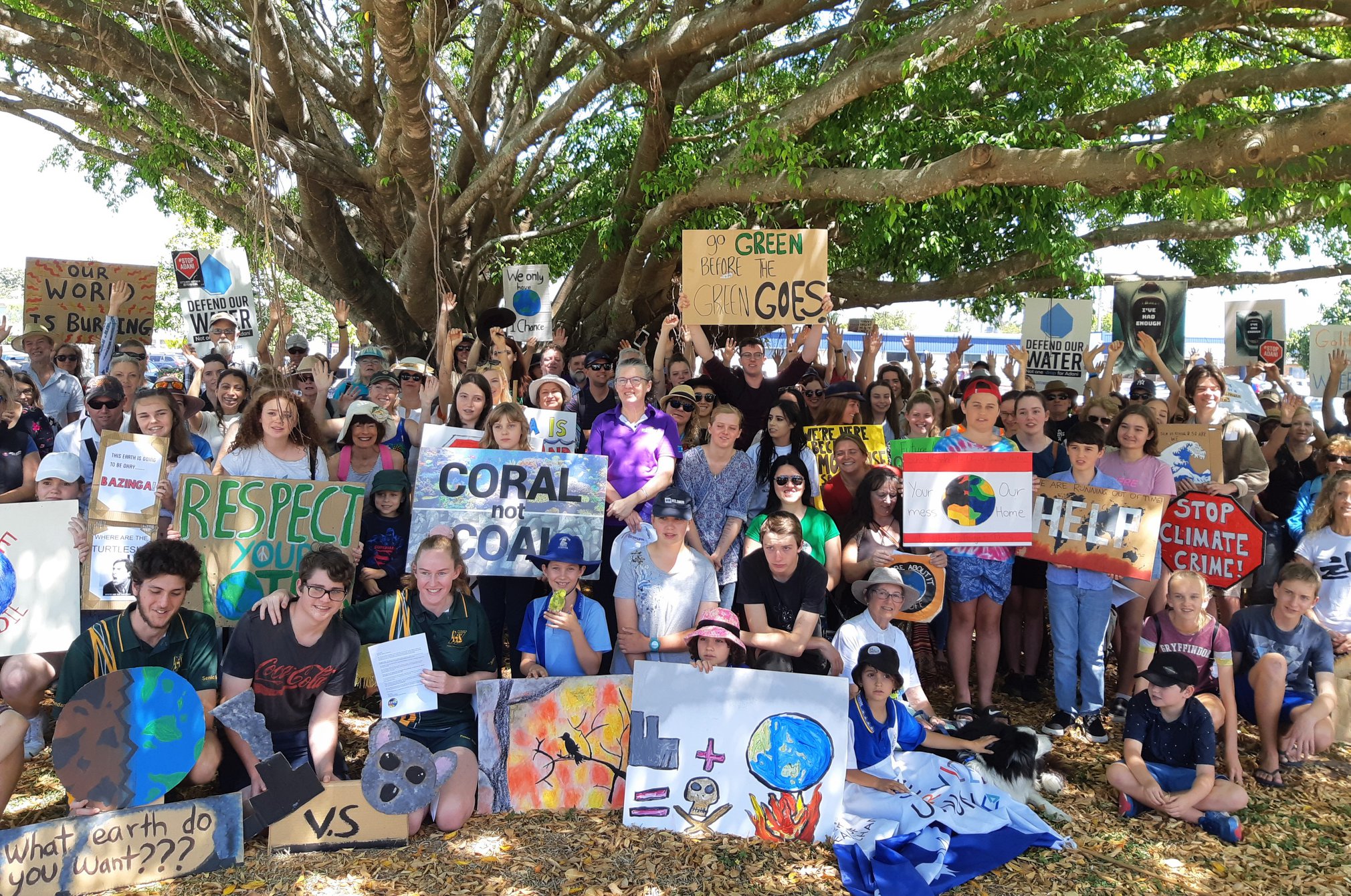
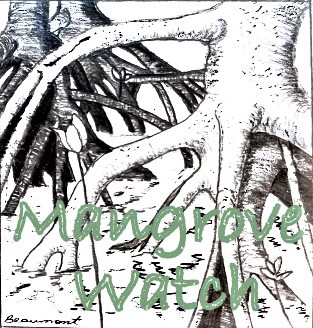
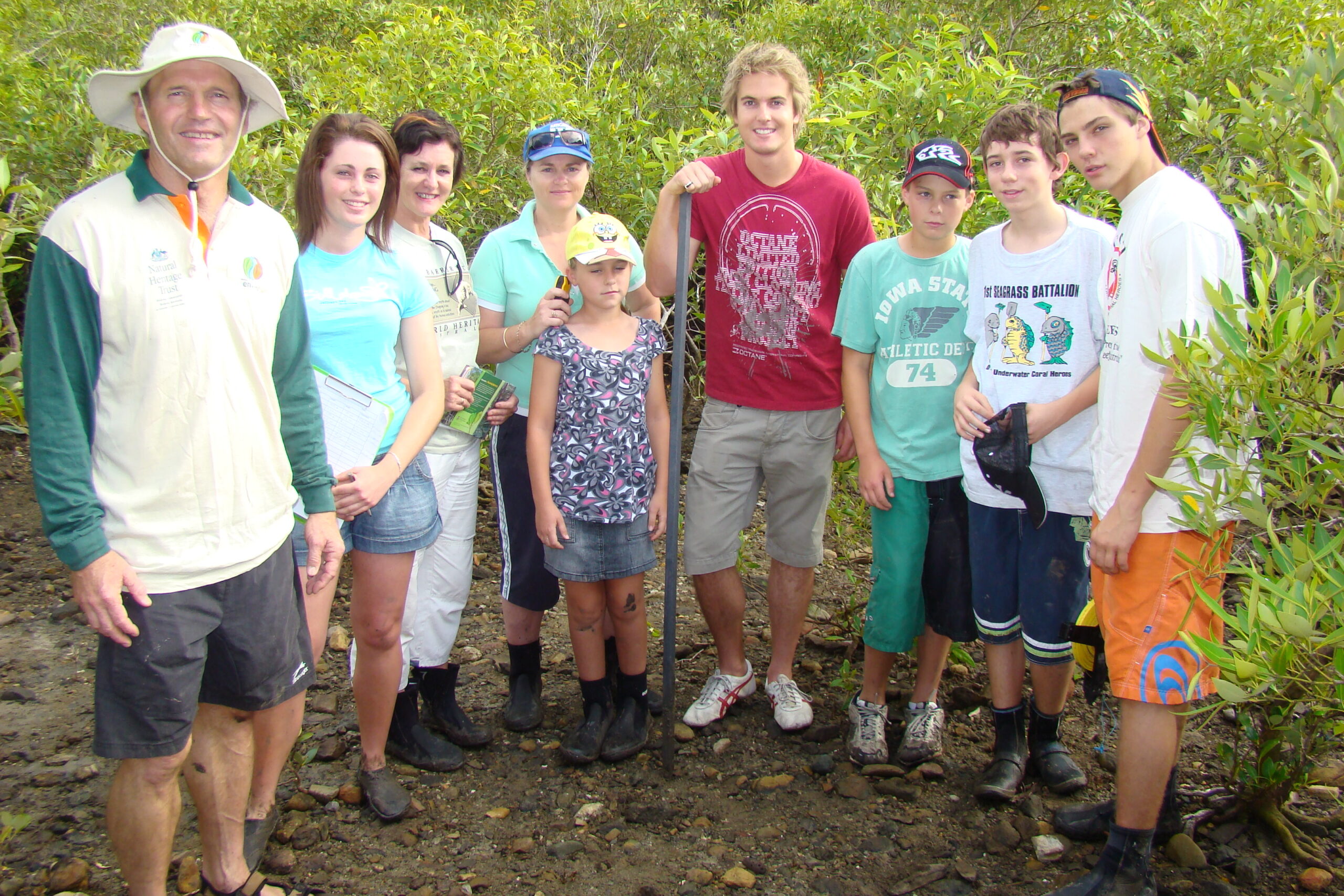 Mangrove Watch was set up over 15 years ago to monitor local mangrove forests over the long-term. This is done by measuring the growth and productivity of selected sites on a quarterly basis. The data collected is used to determine the current health of the mangroves as well as highlight any problems caused by human impact. Many of the volunteers are kids from the local primary and high schools.
Mangrove Watch was set up over 15 years ago to monitor local mangrove forests over the long-term. This is done by measuring the growth and productivity of selected sites on a quarterly basis. The data collected is used to determine the current health of the mangroves as well as highlight any problems caused by human impact. Many of the volunteers are kids from the local primary and high schools.
“Unfortunately, many people still see mangrove forests as muddy, mosquito and crocodile infested swamps. In the past their removal was seen as a sign of progress”, team leader Tony Fontes said. “In actual fact, mangroves are one of the most important trees on our coastlines. They protect the coast by absorbing the energy of storm driven waves and wind. Sediments trapped by roots prevent silting of adjacent marine habitats where cloudy water might cause corals to die”.
“And if you like to fish, an estimated 75 percent of fish caught commercially spend some time in the mangroves or are dependent on food chains, which can be traced back to these coastal forests.
It is important that we value the mangrove forests
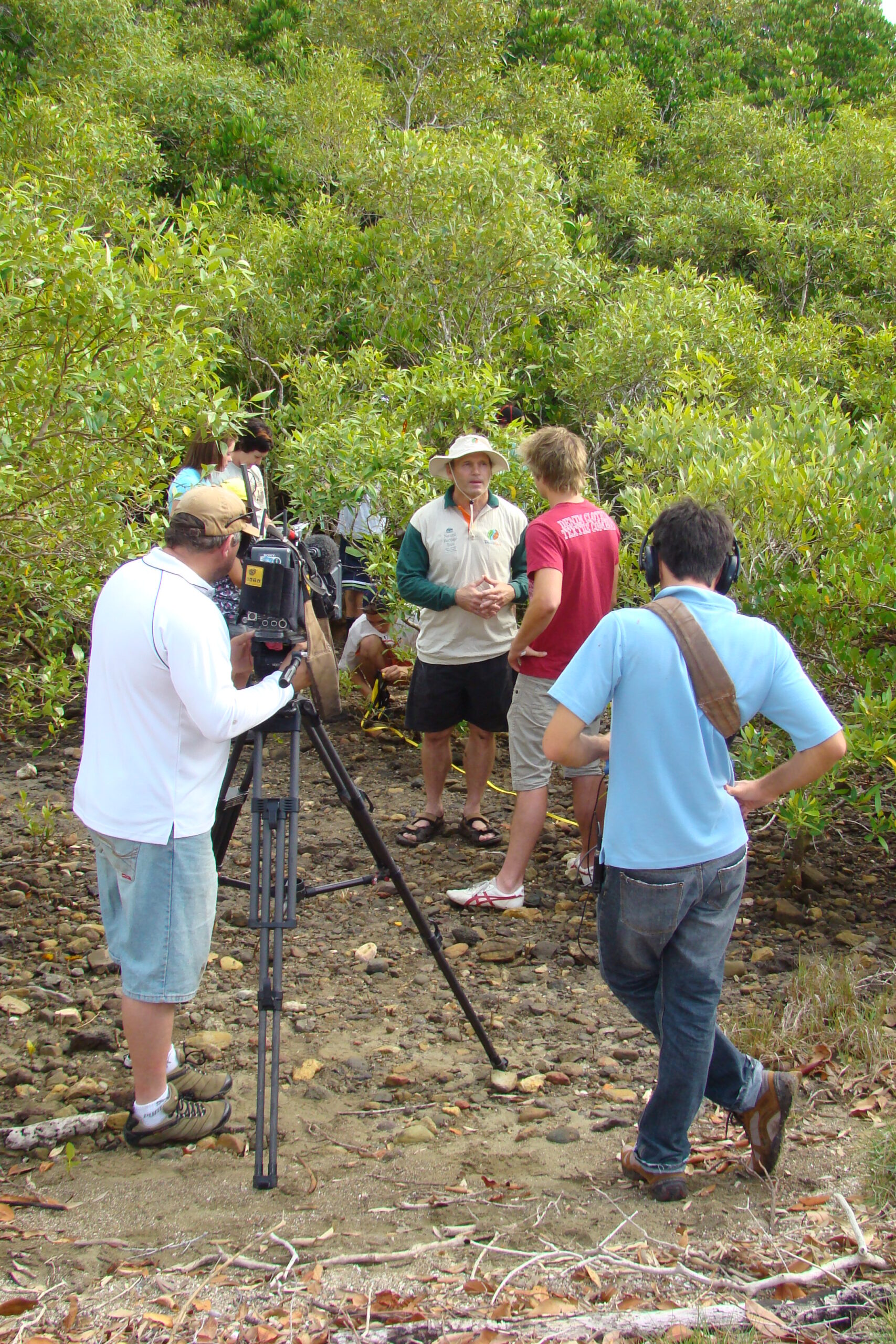
Contact: Tony Fontes on
0417 749 143

Native Plants Queensland’s Mackay Branch has been vigorously promoting the aims of our association ever since its formation in 1978. Thousands of plants have been propagated, publications have been produced, members have served as advisors to many government and non-government organisations and have volunteered for surveys and on-ground projects.
None of this would be possible without the wealth of shared knowledge within the membership and expertise in fields such as nursery procedures, gardening under a variety of conditions, orchids, ferns, regional ecosystems, rare and threatened species, rehabilitation and even weed identification and control.
Please visit our website and checkout our exciting projects.
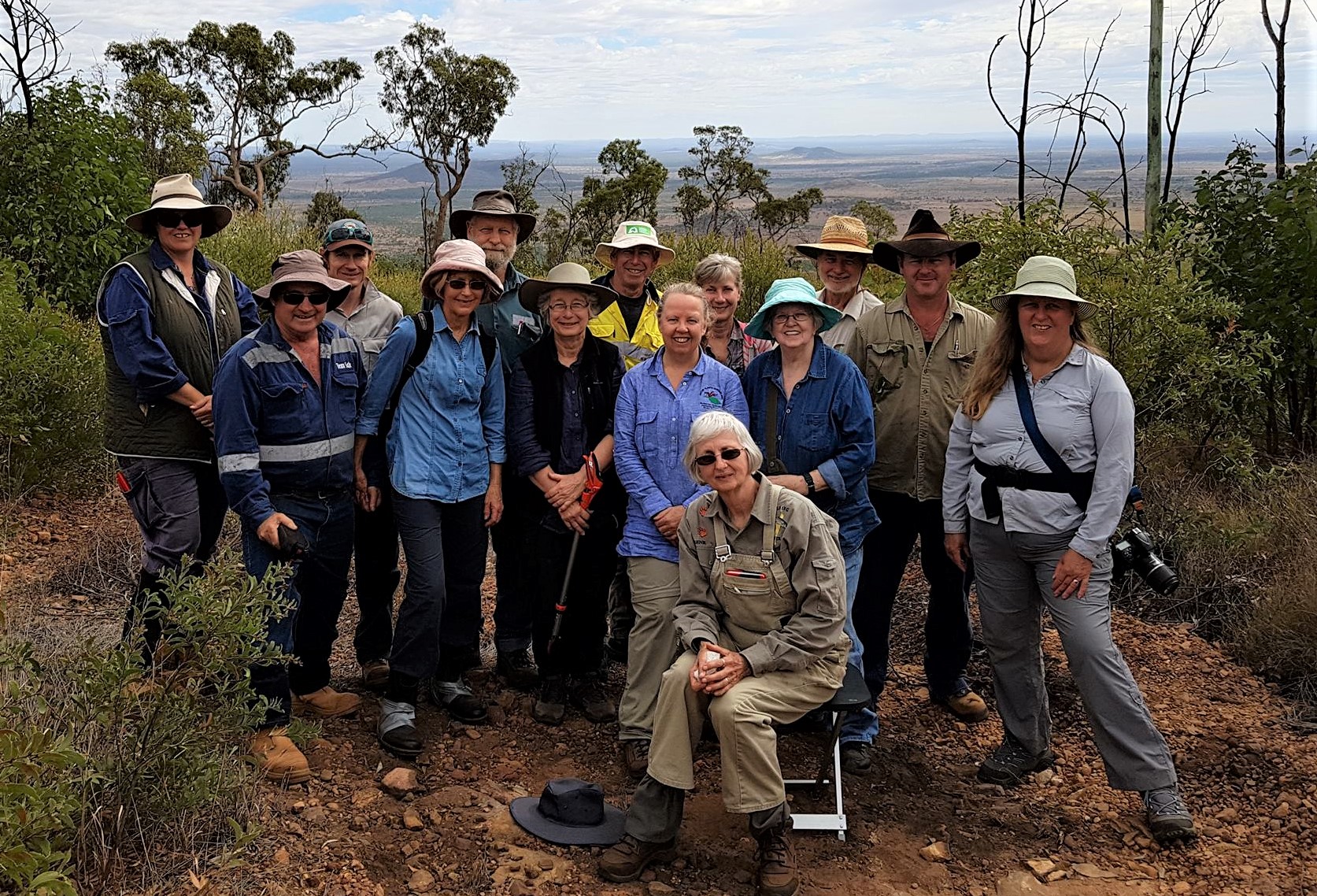
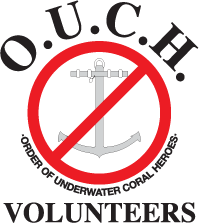
OUCH is a non-profit organisation of volunteers dedicated to the protection of the Great Barrier Reef through;
- Research: foster involvement of volunteers in research and conservation of the marine environment.
- Education: provide education and training for reef users and the community on protecting the marine environment.
- Advocacy: create community support for the conservation of the marine environment
The reef is under growing pressure from all sides; pollution, coastal development, overfishing, climate change and more. The OUCH Volunteers are based in the Whitsundays, the heart of the Great Barrier Reef. Since 1994, OUCH has been working hard to protect the reef through a number of practical, on the ground projects that include:
- Reef Protection Marker Buoys
- Mooring Surveys
- Coral Reef Surveys
- Coral Reef Monitoring
- Sea Grass Surveys
- Underwater Cleanup
- Public Education (Reef Discovery)
The success of the OUCH Volunteers is reflected in the numerous awards the organisation has received:
- PADI Project AWARE Award
- Readers Digest Environmental Award
- Prime Minister’s Environmental Award
- Queensland International Year of the Volunteer Award
- National Bank CommunityLink High Commendation
At the end of the day, the real key to OUCH’s success lies with its members. OUCH is a real grassroots community effort, inspired by the volunteers who live and work in the area.
With OUCH, an individual effort can make all the difference in the world.
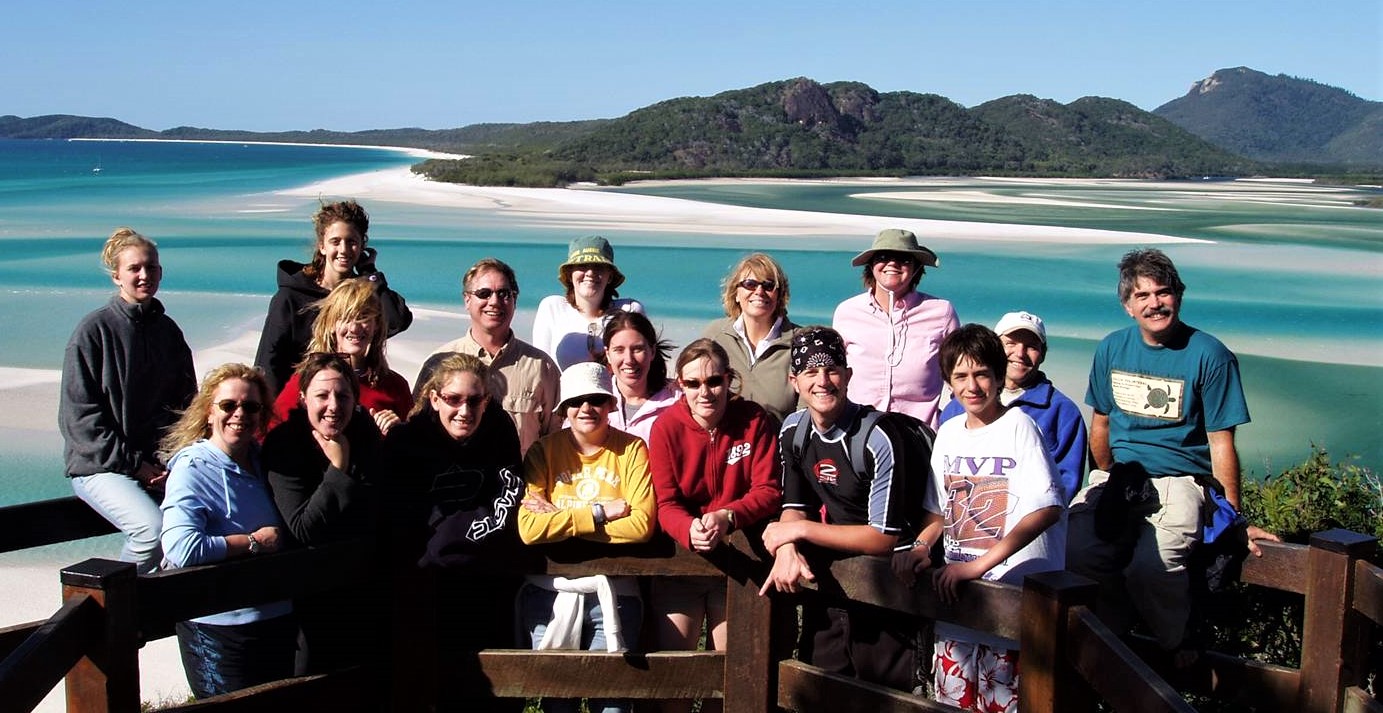

Save Our Foreshore is a community organisation founded in 2004 by concerned citizens having a particular interest in ensuring that public access to the coast and amenity of coastal lands are preserved and enhanced for the long term benefit of their ecological, scenic and recreational values as enjoyed by the Whitsunday community and visitors to the area.
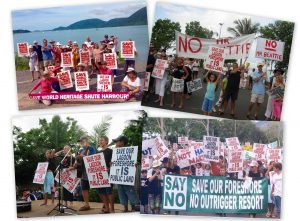
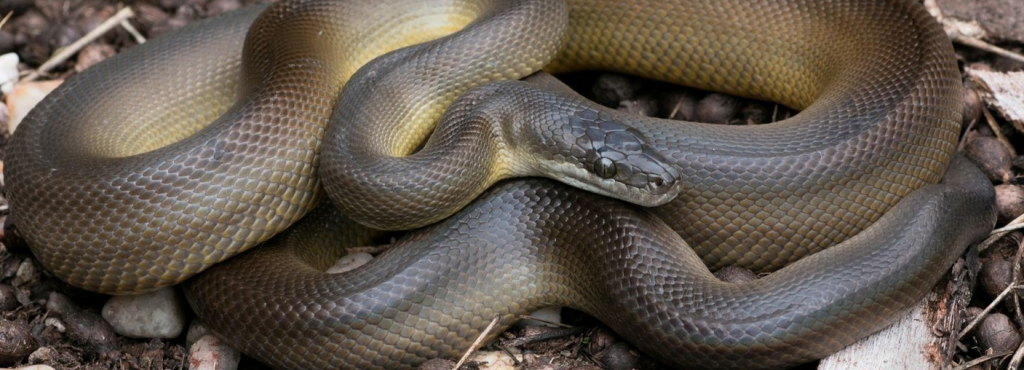
This group is dedicated to the education of people in the Whitsundays about the snakes that are found in our area and to provide a means of access to appropriately trained, skilled and licensed people to relocate problem snakes. We welcome everyone’s participation in group discussions and in posting pictures for ID. However incorrect identification can and on occasions does have very serious consequences and as such we insist that ID’s are given by qualified or suitable trained people known to us ONLY. People who continually offer bad advice or ID’s will be removed.
Visit their
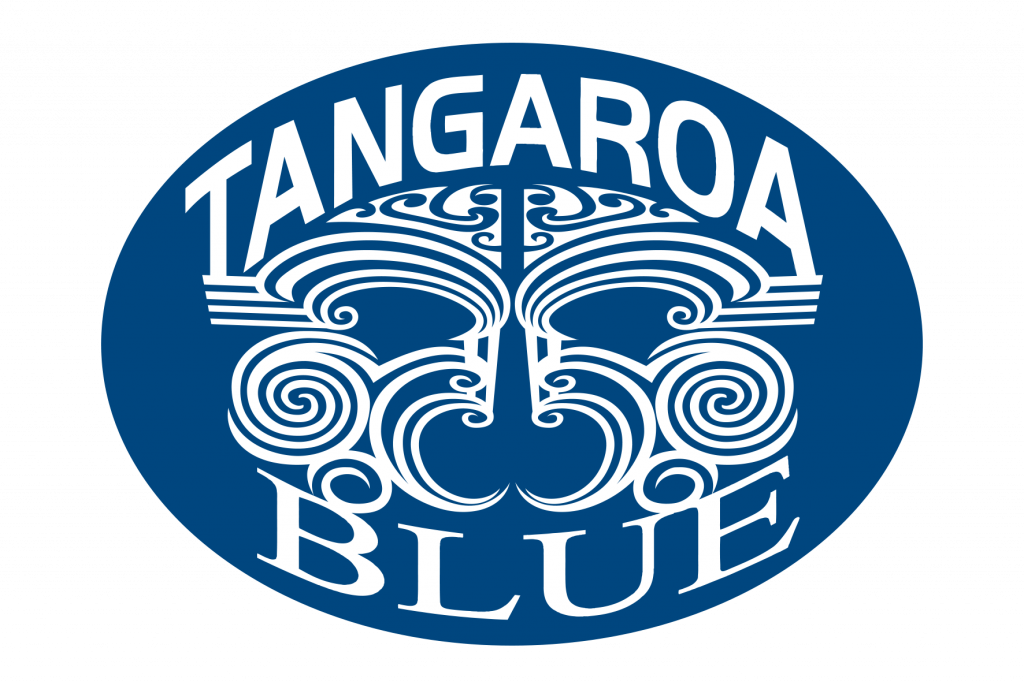
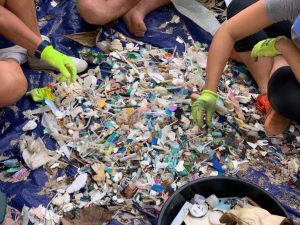 Tangaroa Blue Foundation is an Australian-wide not-for-profit organisation dedicated to the removal and prevention of marine debris, one of the major environmental issues worldwide.
Tangaroa Blue Foundation is an Australian-wide not-for-profit organisation dedicated to the removal and prevention of marine debris, one of the major environmental issues worldwide.
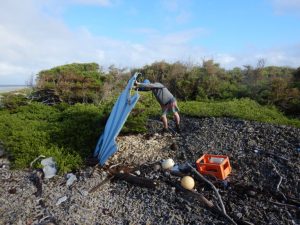
To assist in solving the problem, we created the Australian Marine Debris Initiative (AMDI), an on-ground network of volunteers, communities, organisations and partners that contribute data from rubbish collected during beach and river clean-up events to the AMDI Database, and then work on solutions to stop the flow of litter at the source. The AMDI helps communities look after their coastal environment by providing resources and support programs, and collaborates with industry and government to create change on a large scale.
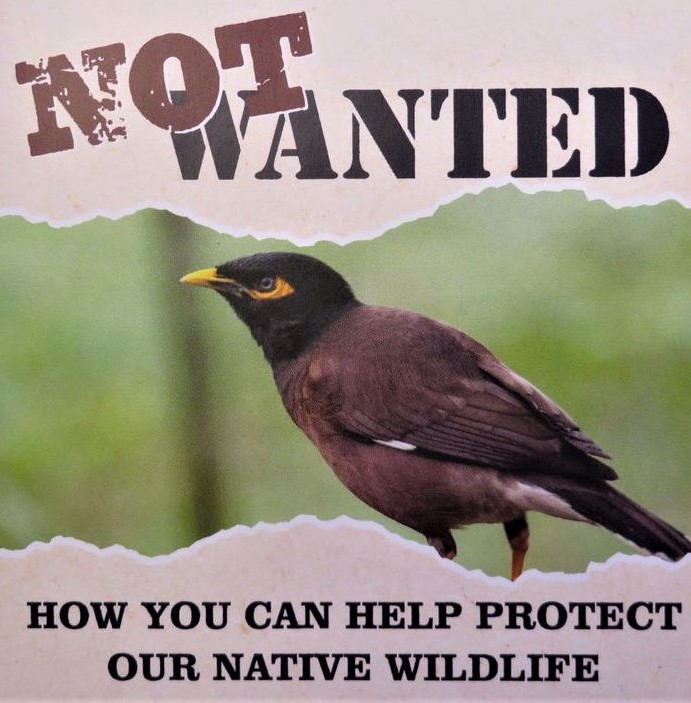
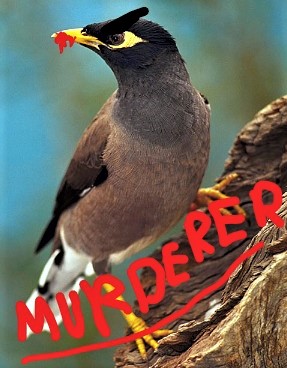 What do Indian Myna birds look like?
What do Indian Myna birds look like?
- Medium size, about 23 – 26 cm body length
- Chocolate brown with a glossy black head, neck and upper breast
- A distinctive yellow beak, eye patch, feet and legs
- Not to be confused with native Noisy Miners and Yellow throated Miners which are mostly grey in colour.
- In flight white patches can be seen under each wing
- They strut rather than hop
- Bright blue eggs
Why do they need to be controlled?
They threaten biodiversity and the survival of native birds and mammals by reducing successful breeding:
- Indian Mynas can have 1 to 3 broods of chicks a year, with 3- 6 chicks in a brood. They could become the dominant bird, reducing native bird, mammal and insect populations
- Bully native birds and mammals such as parrots, lorikeets, honeyeaters, possums and sugar gliders
- Carry mites, lice and diseases which can sicken and kill native birds. They are aggressive and outcompete them for food, water, nests and hollows
- Harass native birds and prevent them from feeding their chicks or kill chicks and eject eggs from the nest
- Drive away small native birds which control insect populations, creating an imbalance in local flora increasing susceptibility to disease
- Are a pest on farms, orchards and vineyards and foul water supplies. They damage fruit, vegetable, cereal crops and stock feed and spread agricultural weeds such as lantana
The Whitsunday Regional Council has a control programme in place, but more help is needed to reduce numbers and prevent a complete infestation.
Other areas, states and territories have similar groups, so if you are a visitor to the Whitsundays, please check to see if you have one at home.
WE NEED YOUR HELP
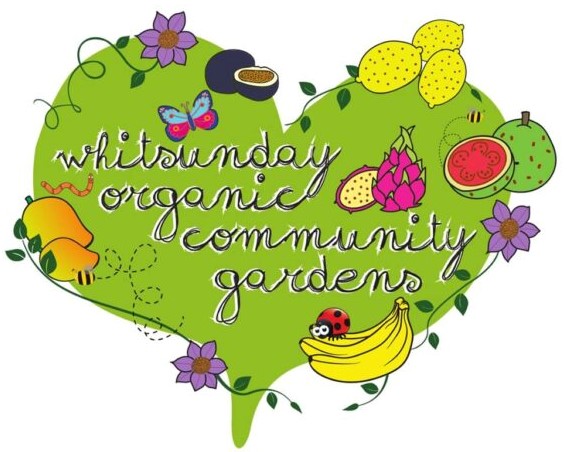
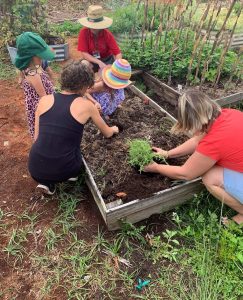 Design and create an enriching and engaging space for people to gather to grow food and reconnect with where food comes from and each other. Be an example to the community to include species suited to growing in our tropical climate. Educate the community about organic gardening practices, permaculture and other regenerative gardening practices that encourage and use environmentally friendly methods. Be active in holding working bees to complete larger projects. Facilitate workshops to include composting, cooking/preparing tropical species, organic gardening, permaculture, natural building methods, bee keeping etc.
Design and create an enriching and engaging space for people to gather to grow food and reconnect with where food comes from and each other. Be an example to the community to include species suited to growing in our tropical climate. Educate the community about organic gardening practices, permaculture and other regenerative gardening practices that encourage and use environmentally friendly methods. Be active in holding working bees to complete larger projects. Facilitate workshops to include composting, cooking/preparing tropical species, organic gardening, permaculture, natural building methods, bee keeping etc.
Wednesday and Sunday
All welcome at the garden each Wednesday and Sunday from 9am.
Abundance Day. Join us to swap and share produce on the last Sunday of each month 9am – 12pm. Share the surplus of crops whether grown at the garden or in your own home gardens. Also anything created from the produce as well like preserves and baked goods.
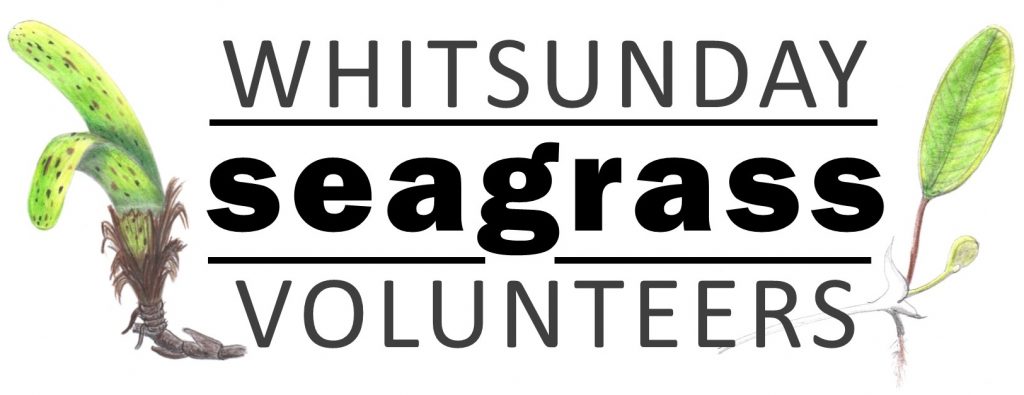
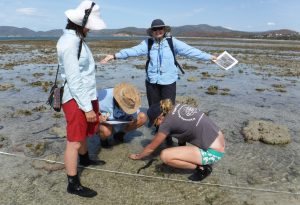 Whitsunday Seagrass Volunteers are a local volunteer citizen science group, active since 1998, who monitor the health of seagrass habitats in the Whitsunday region. We collect scientifically valid data using the Seagrass Watch methodology. The data that we collect goes into the Seagrass Watch Global Monitoring Database, which is available for researchers and managers to use. Our data also contributes to the annual Healthy Rivers to Reef Regional Report Cards.
Whitsunday Seagrass Volunteers are a local volunteer citizen science group, active since 1998, who monitor the health of seagrass habitats in the Whitsunday region. We collect scientifically valid data using the Seagrass Watch methodology. The data that we collect goes into the Seagrass Watch Global Monitoring Database, which is available for researchers and managers to use. Our data also contributes to the annual Healthy Rivers to Reef Regional Report Cards.
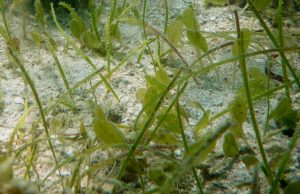 At present we monitor 3 sites in the Whitsunday Region twice per year, over 3 consecutive days every May and September. The dates of monitoring activities are determined by the tides; we conduct the monitoring by walking out to the meadow on very low tides. The activity usually takes a couple of hours, plus travel time. All equipment is provided and our regular volunteers will show you what to do. If you’d like to get involved, all you need to bring along is your curiosity, some closed shoes that you can get wet & muddy, and a water bottle.
At present we monitor 3 sites in the Whitsunday Region twice per year, over 3 consecutive days every May and September. The dates of monitoring activities are determined by the tides; we conduct the monitoring by walking out to the meadow on very low tides. The activity usually takes a couple of hours, plus travel time. All equipment is provided and our regular volunteers will show you what to do. If you’d like to get involved, all you need to bring along is your curiosity, some closed shoes that you can get wet & muddy, and a water bottle.
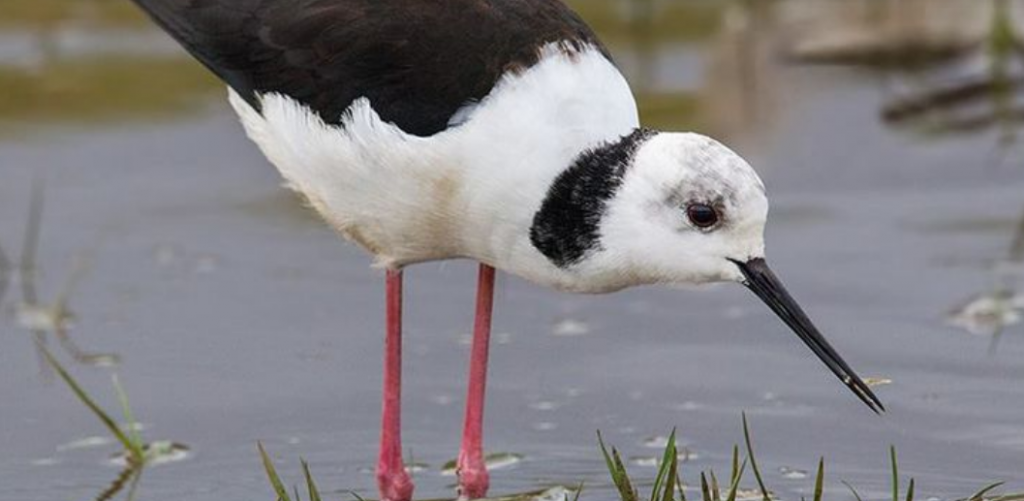
A terrific group for the identification, sharing of photographs and discussion of Australian Native Birds and Wildlife found in the Whitsundays (including Bowen and Collinsville) and Mackay (including Sarina, Eungella and surrounds) regions. Photographs of wild birds and animals from elsewhere in Australia are permitted, so long as you state where the photograph was taken.
Whilst the page is more focused on birds, any wildlife is welcome.
Any photographs for ID will be identified by an Admin.
Others are welcome to have a go at identification or simply put F in the comments to keep in touch with the identification of the bird/animal, however Admin will always confirm ID.
If you wish to post a photo that does not require ID, please include the name of the species and a short description including the general location (i.e. Proserpine, Sarina, etc) – always helps those learning
For a list of Birds in the Region, please see the Group’s file list here:
https://www.facebook.com/groups/birdswhitsundaymackay/files/
Please report sightings of any birds not on the list to the group or via the contact details on the Bird List.
For sick or injured birds and wildlife, please call the Fauna Rescue Whitsundays Hotline on 4947 3389 – this includes the Proserpine, Bowen and Mackay areas.
Visit their
Whitsunday Conservation Council needs You too
Please contact us on the form below – thank you